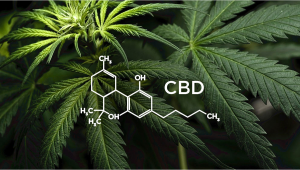How Marijuana Influences Your Dreams

- 1. How does dreaming work and what is rem?
- 1. a. Rem stage, a.k.a. the dreaming stage
- 2. The effects of marijuana on dreams
- 3. Marijuana withdrawal causes dreaming
- 4. What about cbd and dreaming?
- 5. The bottom line
Marijuana has been used as a sleeping aid for centuries and centuries now, the effects of the plant as an effective sedative and sleep inducer are undeniable. Even dating far back to Ancient China times, cannabis was used to help people with their sleeping issues by combining it with datura to create what they called "shui sheng san", or “sagacious sleep powder". 1
But what happens with marijuana and dreaming? You might have noticed that, if you're a frequent cannabis consumer, you tend to dream less when you're on a good smoking streak. This is because consuming marijuana frequently does indeed have an effect on our dreams:
- When you smoke weed, you don't dream or you dream less. 2
- When you stop smoking, you go into REM rebound, which means, crazy dreaming is triggered.
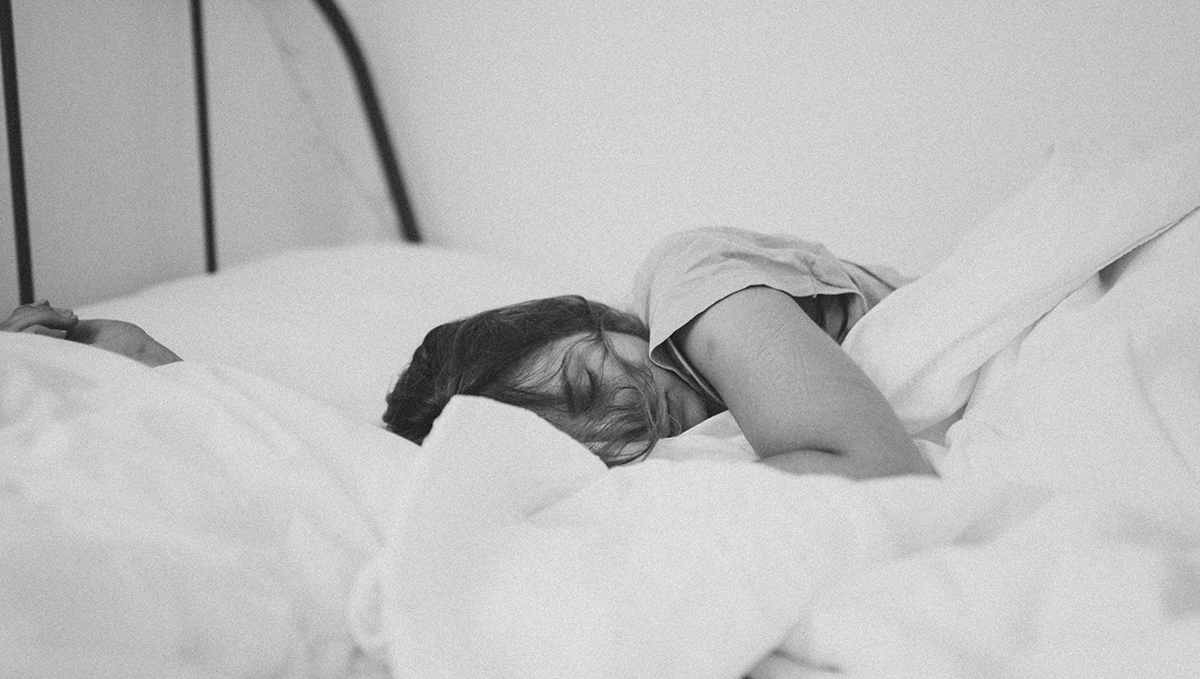
Why? Well, briefly, marijuana affects the REM stage of sleeping, which is the part where we dream the most, suppressing it, which leads us to dream less. But let's get into the details of how this works.
1. How Does Dreaming Work and What Is REM?
Our sleeping cycle is made of 4 different stages that are repeated several times throughout any normal night. The first stage is the lightest and shortest one, which lasts no more than 5% of the entire cycle. In this cycle, the person is under light sleep and it's easy to wake them up. 3
| Sleep Stages | Details |
|---|---|
| Stage 1 | The transition between wakefulness and sleep. Lasts between 5 to 10 minutes. |
| Stage 2 | Body temperature and heart rate decrease. The brain begins sleep spindles production. Lasts around 20 minutes. |
| Stage 3 | Blood pressure and breathing rate drop. Muscles relax. Deepest sleep. |
| R.E.M. | Dreaming takes place. More active brain; relaxed body and immobilized. Rapid eye movement. |
It's in this stage where eye movement slows down and an occasional muscle twitch might take place, those kicks out of the blue when you're about to doze off? That. This first stage lasts up to 7 minutes. Next is stage 2, we slip into a deeper sleep, where the heartbeat and body temperature drops.
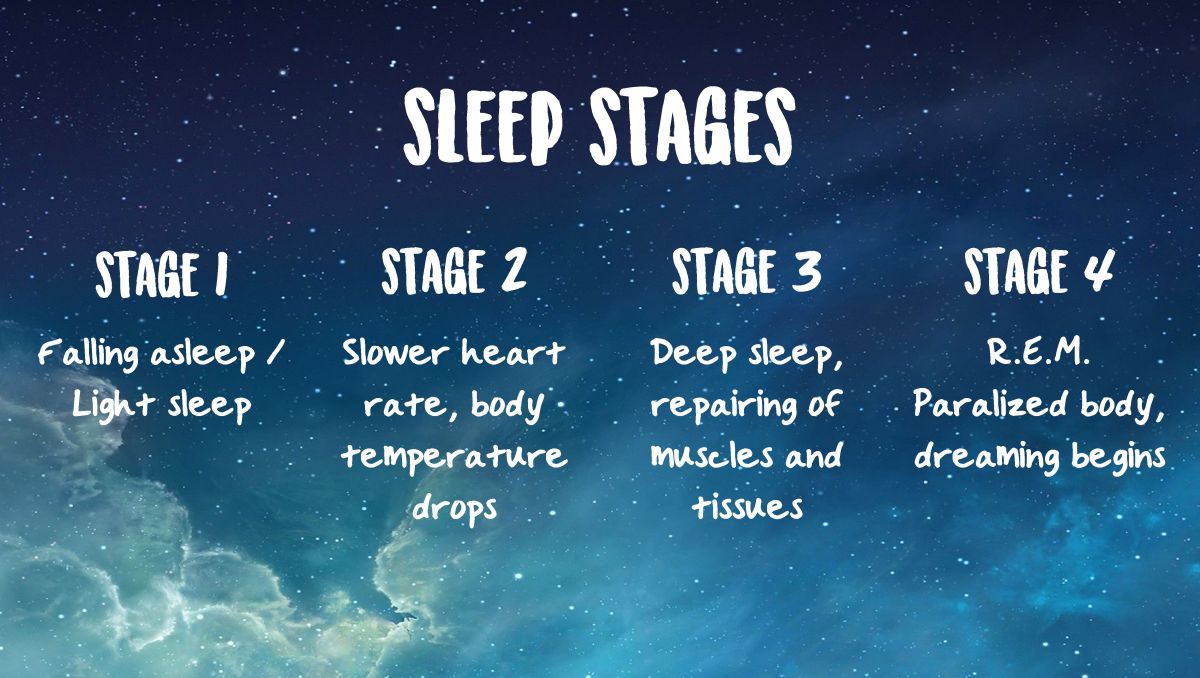
Stage 2
Makes up for about 50% of our sleep, though it is still relatively a light sleep. The famous 'power naps' normally take place at this stage. When we refer to deep levels of sleep, most likely we are talking about stage 3 or 4 of sleep.
Stage 3
Is the one where tissue repair and growth, as well as the strengthening of the immune system, take place; and stage 4 is the one most commonly known as the REM stage. This REM phase is the one where dreams occur, and it usually lasts up to 2 hours.
REM Stage, a.k.a. The Dreaming Stage
The REM stage, no, we're not talking about the rock band, stands for Rapid Eye Movement, and it normally begins after one and a half hours after falling asleep. On a normal night, most grown-ups go through 5 to 6 complete sleep cycles per night. Dreams can take place in other stages but the ones in the REM stage are usually the most vivid and memorable.
So what happens when we consume marijuana and dreams then?
2. The Effects of Marijuana on Dreams
If you're a frequent marijuana user, then you might have noticed a decrease in your dreaming when you're on a smoking strike; or the opposite, an increased frequency in your dreaming when you take a break from weed.
While the influence of marijuana on dreams is yet to be discovered since the field around dreams is quite blurry in general, it is believed that cannabis decreases or suppresses the stage of REM in our sleep, where we tend to dream most. 4
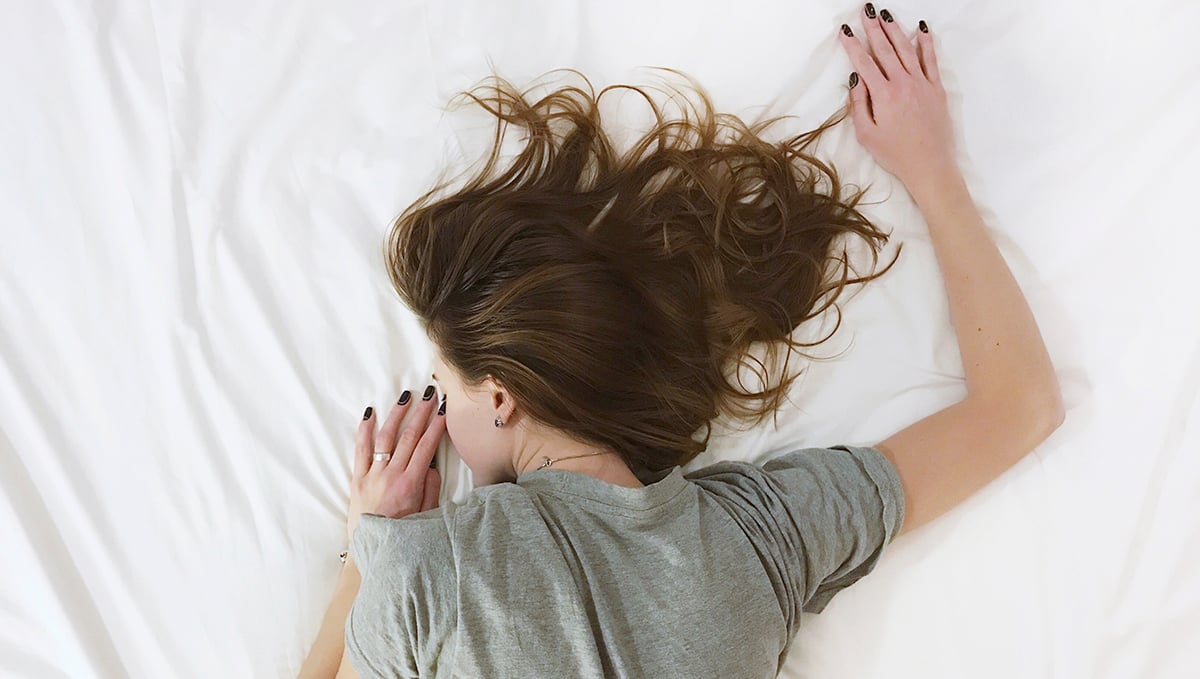
Since marijuana is often used as a sleeping aid, given it aids in alleviating the symptoms that cause difficulties in relaxation, especially in patients with insomnia, post-traumatic stress disorder (PTSD), chronic pain, multiple sclerosis, and other autoimmune or nerve-destroying conditions, it isn't surprising to find that dreaming is decreased with regular consumption.
A study led in 2017 proved that tetrahydrocannabinol, or THC, one of the main cannabinoids in the weed family, and the most psychoactive ones, indeed suppressed the REM stage of sleep, which in turn resulted in a decreased chance for dreaming to happen due to the shorter period for them to take place. 5
3. Marijuana Withdrawal Causes Dreaming
So, marijuana was found to decrease the capacity of dreaming in human beings, however, the exact opposite is caused when a subject withdraws from consuming the substance after a period of frequent consumption. This is because a phenomenon called REM rebound takes place when a heavy stoner takes what's known as a tolerance break.
As soon as the person goes into the tolerance break, many consumers have reported experiencing really crazy, unusual, and vivid dreams as the mind re-encounters the REM stage of sleeping that was suppressed before. It all makes sense now right, all those super weird dreams that took place the night you forgot to smoke that solo late-night joint?
What is a tolerance break?
It's when a stoner consciously decides to stop consuming marijuana for a certain period of time to get rid of the tolerance caused by frequent consumption.
REM rebound is almost like love rebound relationships, the mind tries to recover what it has lost but it does it in a way where it's all over the place, given it is feeling, we could say, sensitive. The brain tries to recover all of the missing pieces at once, which causes, well, chaos. With dreams, this normally translates to extremely crazy occurrences or nightmares.
At this state, the REM phase is way stronger than it usually would be, the subject might fall into REM faster and it also tends to result in longer REM sleep cycles to make up for the lost time and catch up with the previously lost REM processes.
4. What About CBD and Dreaming?
While the cannabinoid normally prescribed to treat sleeping issues is THC, its non-psychoactive partner CBD has been on a rise as a sleep aid as well. However, more investigations need yet to be done in order to confirm such properties of the cannabinoid.
Some studies have found that a high dose of CBD could actually trigger the emergence of the REM cycle of sleep on the day of consumption. Nevertheless, a lower dose of the cannabinoid, in turn, produces the opposite effects, diminishing the REM onset the day after. 6
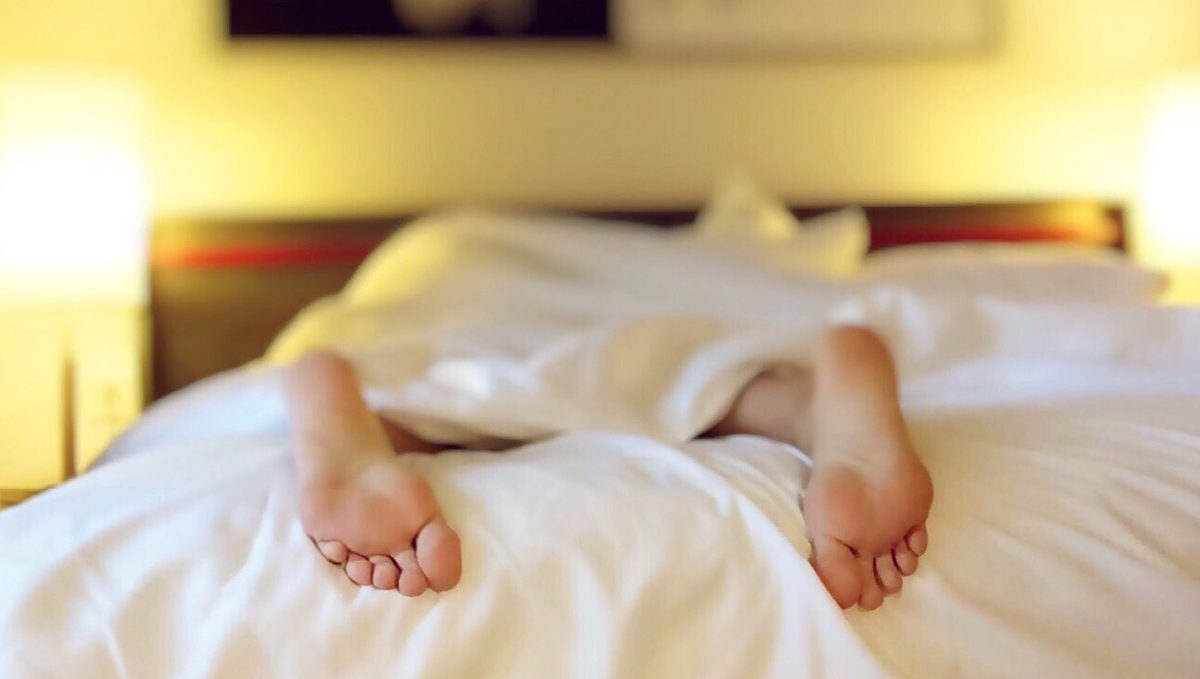
But CBD consumers don't fully agree on this, they claim that cannabidiol had indeed impacted their dreams, with vivid and lucid dream experiences. In fact, most of them affirm that the dreams they perceive tend to be positive, including steamy, wet dreams, and that their ability to recall these nighttime episodes had improved.
At the same time, CBD has been found to be an effective treatment for REM sleep behavior disorder, a sleep disorder that consists of physical or vocal reactions to usually bad dreams. These reactions are pretty common among PTSD patients, those for which REM suppression is actually healthy.
5. The Bottom Line
If you've ever noticed that you were experiencing extremely crazy or weird dreams, perhaps taking a look at your cannabis consumption habits could be the road to finding out the reason for these unusual night stories your brain has been creating.
Withdrawal from THC could have been the cause for your nightmares or wonderland dreaming, but again, not everyone is the same so this could not be precisely the case. Besides, other cannabinoids or terpenes might also be interfering with the functioning of your brain during nighttime, having their own impact on your dreams.
If you miss having night adventures in your sleep, why don't you test for yourself whether a tolerance break throws you some new night motion pictures? Don't forget to comment below letting us know what are the results!
EXTERNAL REFERENCES
- "Cannabis in Chinese Medicine: Are Some Traditional Indications Referenced in Ancient Literature Related to Cannabinoids?" E. Joseph Brand and Zhongzhen Zhao. March 2017.
- "Sleep Disturbance in Heavy Marijuana Users" Karen I. Bolla, Suzanne R. Lesage, Charlene E. Gamaldo, David N. Neubauer, Frank R. Funderburk, Jean Lud Cadet, Paula M. David, Antonio Verdejo-Garcia, and Amy R. Benbrook. June 2008.
- "Sleep Disorders and Sleep Deprivation: An Unmet Public Health Problem." Institute of Medicine (US) Committee on Sleep Medicine and Research; Colten HR, Altevogt BM, editors. 2006.
- "Effects of marijuana extract and tetrahydrocannabinol on electroencephalographic sleep patterns" I. Feinberg, R. Jones, J. Walker, C. Cavness, and T. Floyd. June 1976.
- "Cannabis, Cannabinoids, and Sleep: a Review of the Literature" Kimberly A. Babson, James Sottile, and Danielle Morabito. April 2017.
- "Cannabidiol can improve complex sleep-related behaviours associated with rapid eye movement sleep behaviour disorder in Parkinson's disease patients: a case series" M. H. N. Chagas, A. L. Eckeli, A. W. Zuardi, M. A. Pena-Pereira, M. A. Sobreira-Neto, E. T. Sobreira, M. R. Camilo, M. M. Bergamaschi, C. H. Schenck, J. E. C. Hallak, V. Tumas, and J. A. S. Crippa. May 2014.








